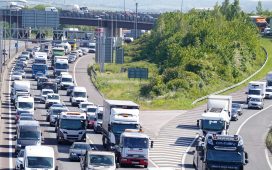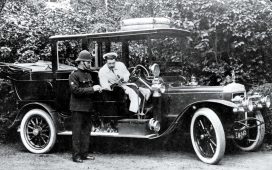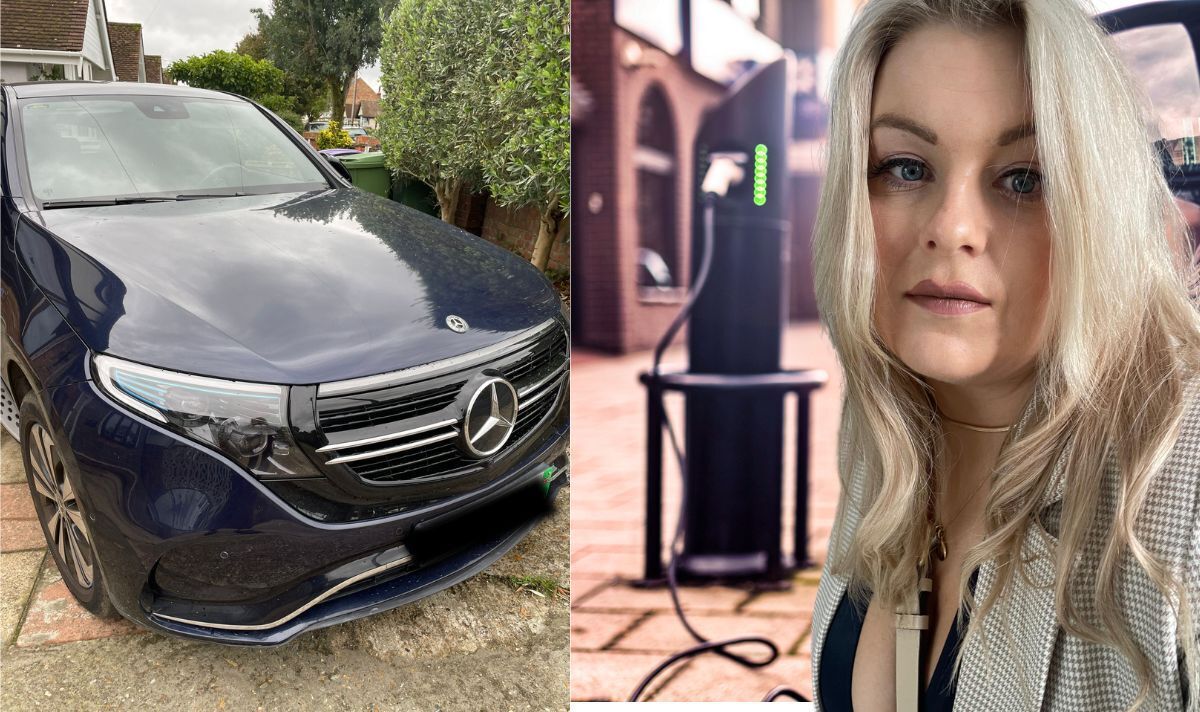
Electric vehicles are a smooth drive – but a huge change from petrol and diesel (Image: Getty/Express)
As a first time owner of an electric car, there’s quite a lot to learn. The difference between chargers, how to connect them and, more importantly, how much range a vehicle has.
My newly-acquired 20 plate Mercedes EQC is actually considered ‘old’ because it is only capable of 230 miles per charge. While that may seem like plenty – it is really only just enough for a three-hour drive at most, and has nothing on newer models capable of doing more than 300 miles without a top-up.
You can almost watch the miles drop off your dashboard if you want to use the air conditioning. And putting your foot down, like a fuelled vehicle, forces the charge percentage down considerably. What have I let myself in for with this car, I wondered.
My drive from the seaside town of Folkestone, Kent, to Thetford in Norfolk equated to 142 miles – which seems easily achievable without having to stop for a recharge. But that’s only if the drive runs smoothly, I assumed as I set off on my first long trip in the EV.
What happens if I get stuck in traffic, and run out of battery in gridlock? As a driver of 14 years, I all of a sudden felt I’d just passed my test and was about to embark on the road trip of a lifetime.
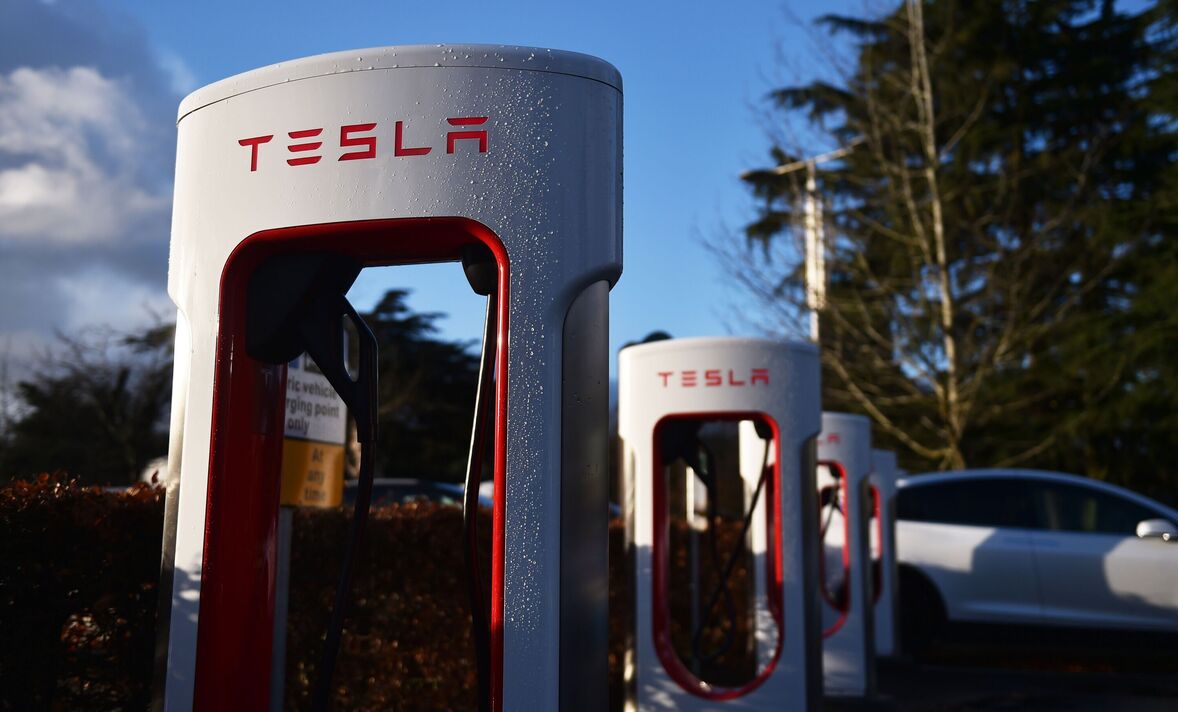
Tesla chargers are spotted at some major service stations, along with other brands (Image: Getty)
“Just don’t put your foot down too much, and turn the air con off if you don’t need it on,” my husband said, so calmly I could barely tell if he was being sarcastic.
I had done enough local driving to notice that if the aircon goes on, the miles go down. It’s just a crying shame that my trip was in the height of summer.
In the days leading up to it, I’d been shown the ropes – how to connect the car, how all public charge points require an app, and how to get my car to direct me to the nearest EV points.
I set off on my journey to Center Parcs at Elveden for a hen party with 219 miles on the clock. As I slipped onto the motorway, it all seemed a bit more relative – the miles were deducted realistically – and some of my worst fears about being caught out were gone.
Encountering my first problem
The car stood the ultimate test when the two-and-a-half hour journey was doubled by extreme bank holiday traffic – and getting through the Dartford Crossing on the M25 itself was an hour’s work of stop and start.
But looking at my dashboard the miles stayed the same – the car preserved itself extremely well as we crawled out of Kent and into Essex.
Stopping in Bishops Stortford services for a break was not something I needed to do, it was merely a comfort break. By this point I had over 100 miles left on the car and only about 40 left to do. What was I worried about? These cars are a bit more resilient than I originally gave them credit for.
Little did I know my first encounter with a charge point would set the tone for the entire weekend. I parked up in a charging bay quite smugly, thinking I would pay to top up the car anyway so I could get used to it.
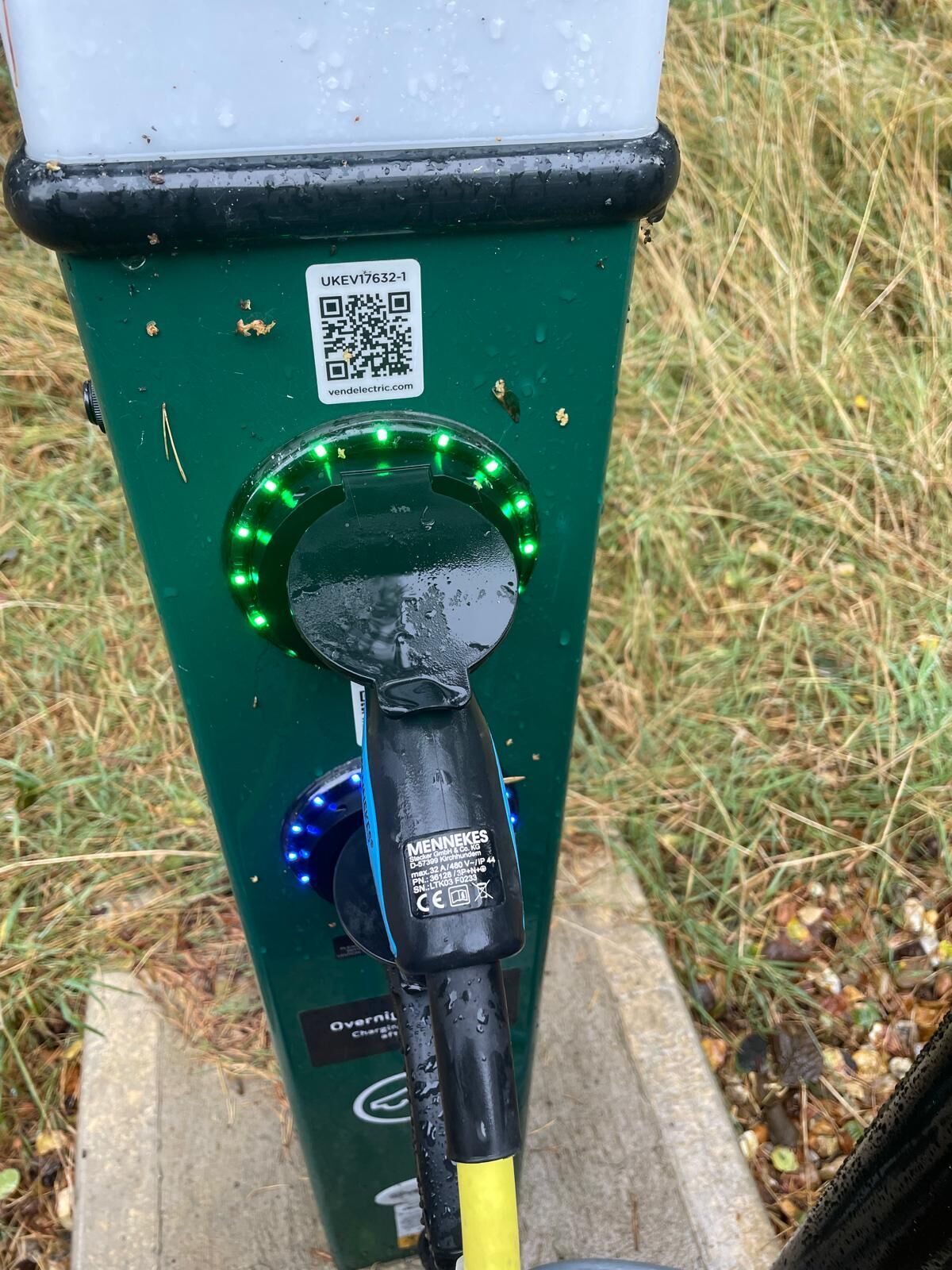
The charge points at Center Parcs – non-descript with flashing lights for the seasoned EV driver (Image: Reach plc)
The plugging in was dead easy, and there was no sign for an app on this occasion, so I thought the two must communicate, and like you do with fuel – I would see the miles jump back up once the ignition was started.
After about 45 minutes I returned to the car to find it hadn’t charged at all. Perhaps there was an app to download? But with little signage, this requirement really wasn’t clear. Realising it was likely my ignorance behind the error, our journey continued and I thought nothing more of it.
We arrived at Center Parcs comfortably – 77 miles left on the clock. I parked up in a designated electric car bay that had been allocated to me with its own charger. But after a long drive, I decided to address the issue of charge a little later on.
The charge points were predominantly overnight chargers, so drivers can park and plug in – use the app to pay – and walk away. Walk away in the comfort of knowing by the following morning the vehicle’s battery will be full.
Then came the headache…
The next day, I branched off and came to tackle the issue of the car. After my little mishap at the services I had dreaded coming back on my own and having to figure it all out.
Especially as I didn’t have my handy husband with me to take the lead. I plugged the car in easily, scanned the QR code on the charge point and registered my car on the app.
Each point has its own unique reference, and I found mine quite easily. I sent my husband pictures of what I’d done and got a thumbs up. Nice, I’ve done it – I thought.
But by 11pm there was no real evidence my car was charging on the app. And with the car park miles away through an unlit woodland, it wasn’t like I could go and check to see what the issue was.
More concerningly, the car’s charge point was not flagging up as ‘in use’ but was saying it was available. By this stage, the whole novelty of owning an electric car was gone. It had consumed my day (at least in my head) and was far more hassle than getting fuel at a garage and driving off.
The next morning I got up early and trundled down to the car knowing it wouldn’t have worked. Turning it on, I was right – no charging had taken place at all.
Through gritted teeth, I decided to try and move my car nearer where I was staying for convenience and reluctantly knew I’d need to top up on my drive home later that day.
As I glided silently through the car park I came across a small selection of short-stay fast-charge points and decided to give it one last go before giving up.
After plugging in, paying and identifying the pump on the app – the car’s dashboard lit up and confirmed it was charging, and what time it would reach full battery. The elation was real.
Why had it taken such a long time – and so much faff – to get such a simple concept to work. Even to this day, I cannot understand what the issue was with the original charge point.
I don’t doubt electric cars will continue to grow in popularity – but until the infrastructure catches up, I’m not sure they’ll be snatched up at pace.
One of the most mind-boggling things, to me, is the fact nearly every charger I’ve come across is maintained by a different company, requiring a different app. So my phone currently has three downloaded, and I am sure more will be needed.
Do I like driving the car? Yes, the driving experience is smooth – and far beats my old petrol SUV. My one tip to anyone, like me, new to the world of electric cars, is to be very familiar with charging up before venturing miles away.
You need a phone with good battery and signal to be able to pay for your charge – as nearly all I’ve come across require a smartphone to solidify the deal.
Electric cars are here, and they’re here to stay – but there’s more than enough teething problems that need addressing before petrol and diesel cars are chucked on the scrapheap.

